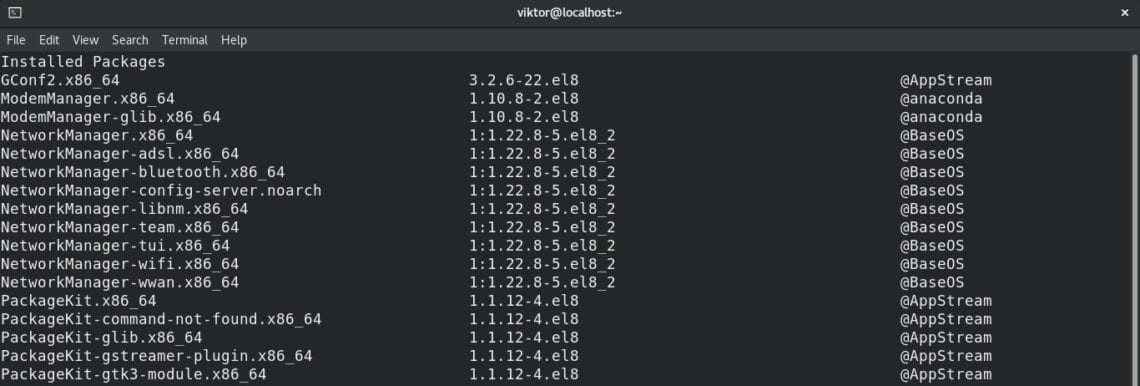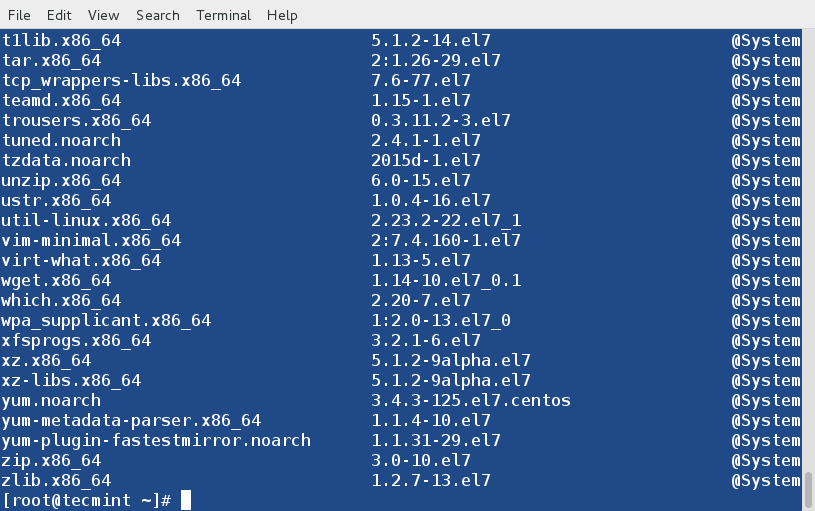


In addition, you can find software dependency files, binary executables, and configuration files inside a package.ĭepending on the package manager, the package extension can be. It can be a GUI application, command line utility, or software library. To truly understand package managers, we must also learn about "package."Ī package is a compressed software archive file that offers functionality, either standalone or part of a software application.

Currently, there are many popular package managers available for Linux. deb based package.Ī package manager can be a command line tool or a graphical user interface app. If you are an ubuntu user like me, you are probably familiar with tools like apt, aptitude, apt-get and dpkg that are used to manage. What is a package manager in Linux?Ī package manager is a collection of tools that helps automate package management, including searching, downloading, installing, upgrading, and removing packages within an operating system. It is a popular package manager and comes pre-installed as the default package manager in RHEL 8, Fedora 22, and CentOS.īefore moving forward, let's look at the definition of package manager. You can use DNF to install and update packages.


 0 kommentar(er)
0 kommentar(er)
